Writing Teaching Resources
Teaching writing strategies and the writing process this school year? Explore a comprehensive collection of teacher resources for elementary and middle school ELA teachers — all created by teachers!
Stocked with graphic organizers, writing prompts, templates, worksheets and so much more, this collection of printable and digital activities is designed to help you as you help your students become more effective communicators and unleash their creativity and imagination.
Save time on lesson planning with resources that have been through a careful review process by an expert member of our teacher team to ensure they're ready for your classroom and your students!
Are you looking for tips and tricks to add to your teacher toolkit this school year? Read on for a primer from our teacher team, including engaging activities for teaching writing in elementary and middle school and a look at some of the different writing strategies your students will need to learn.
11 Writing Strategies Kids Should Know by the End of Middle School
We can't talk about teaching kids to write without talking about the different writing strategies that can help them do just that!
When it comes to teaching our students to become confident writers who articulate their ideas effectively, here are some of the strategies our teacher team prioritizes:
1. Brainstorming
Brainstorming is something we often do in the classroom, and it's a crucial part of learning to generate the ideas that will drive students' writing as they progress through their educational journey. Kids should know how to create a list of potential topics or points related to a particular writing assignment.
With younger students, this is often done as a whole group by writing ideas and points on chart paper. In upper grades, students transition over to using text-based materials to generate ideas and talking points.
2. Outlining
Before diving directly into any assignment, our students should be able to create a structured framework or outline. Teaching students how to create this outline will help them organize their thoughts and arguments for penning their essays, reports and research papers.

3. Using Graphic Organizers
Technically graphic organizers are classroom tools, so you may not think of their use as a writing strategy per se. However, learning to use these tools is another means of providing kids with the tools they need to organize their ideas and information before they sit down to write.
These organizers are particularly useful for expository writing — students can use them to outline main ideas, supporting details, and transitions.
Students can also take advantage of story maps when they are working on narrative writing to plot the key elements of a story, such as characters, setting, conflict, rising action, climax and resolution.
Graphic organizers such as the OREO strategy and hamburger paragraph are also great tools for students to use when working with opinion and persuasive texts.
4. Freewriting
Writer's block is the enemy of creativity, and it can easily frustrate young students who don't know where to begin.
When students freewrite, they write continuously without worrying about grammar or punctuation. This writing strategy can be extremely freeing — hence the name! — and helps frustrated writers move past that writer's block, generating fresh ideas.

5. Peer Editing
Learning to review and provide constructive feedback on each other's work is a great writing strategy to employ in your classroom to help students improve their writing quality and enhance their editing skills.
The strategy allows your students to learn from one another, and it arms them with an important tool they can use well into the future — calling on peers to provide a critical eye to a piece of writing.
6. Using Sensory Language
Working on descriptive writing? With this writing strategy, students engage the reader's senses through vivid and sensory language to create a more immersive experience.
7. Including Transitions and Connectives
As students become more proficient in the writing process, learning to use transitional words and phrases allows them to create smooth transitions between sentences and paragraphs. This strategy makes their writing more coherent and polished.
8. Incorporating Evidence
In persuasive, opinion, and expository writing, students are taught to support their claims with evidence and examples to strengthen their arguments.
It takes some practice to train your students to use evidence in their writing, so it's often a good idea to start with something simple, like the R.A.C.E.S. strategy.
9. Crafting a Thesis Statement
In expository, opinion, and persuasive writing, crafting clear and concise thesis statements that summarize the main point or argument of their essay helps students be more focused and organized in their writing. This strategy can also have the effect of empowering students to express their ideas confidently and persuasively.
10. Incorporating Introductions and Conclusions
With this strategy, students practice crafting effective introductions and conclusions that grab the reader's attention and leave a lasting impression.
11. Following a Revision Checklist
Teaching your students to use a revision checklist is a strategy that will help them be more self-reflective, evaluating their own writing against the checklist criteria and becoming more aware of their strengths and weaknesses.

- Plus Plan

Preposition PowerPoint
Use this preposition PowerPoint to help your students understand and use prepositions of place, time and direction with confidence.
- Plus Plan

Preposition Game – Roll and Cover
Use this preposition game as a fun and collaborative way of learning about these important parts of speech.
- Plus Plan
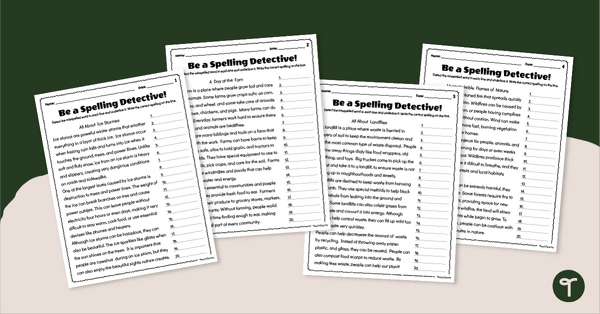
Spelling Detectives Worksheets - Fixing Spelling Errors (3-4)
Build spelling and editing skills with printable ‘Find the Spelling Errors’ Worksheets.
- Plus Plan

Preposition Anchor Chart Pack
Enhance your classroom with this preposition anchor chart pack featuring three visually appealing posters explaining prepositions of place, time and direction.
- Plus Plan
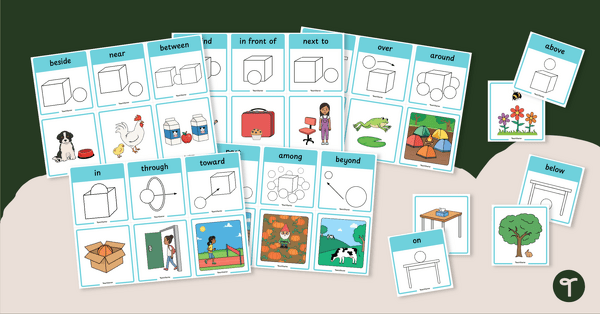
Preposition Images Matching Game
Download these preposition images to help students master prepositions through visual, real-life examples.
- Plus Plan
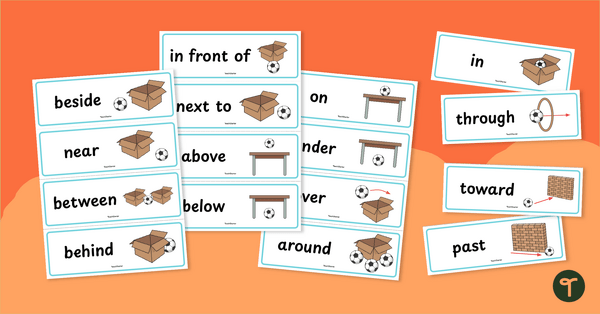
Preposition Flashcards
Engage young learners with preposition flashcards that provide clear and engaging visual representations of common prepositions of place.
- Plus Plan
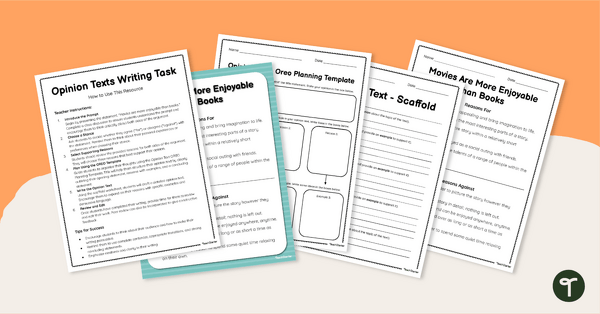
Opinion Writing Task - Movies Are More Enjoyable Than Books
Help students construct a detailed and reasoned opinion text with this opinion writing activity.
- Plus Plan
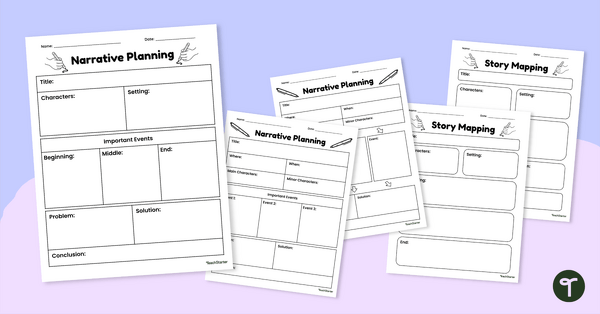
Narrative Template Pack
Choose a narrative template from our versatile writing planning pack to help your students plan a fantastic piece of writing!
- Plus Plan
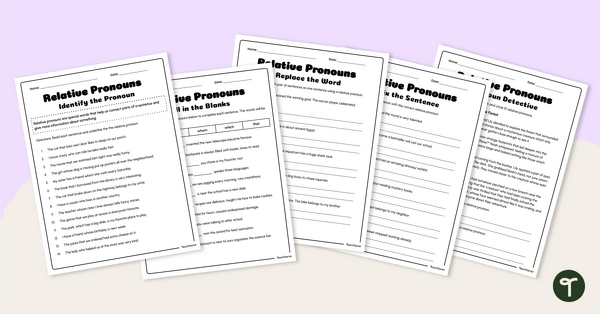
Relative Pronouns Worksheet Pack
Use this relative pronouns worksheet pack to get your students identifying and using these essential parts of speech.
- Plus Plan
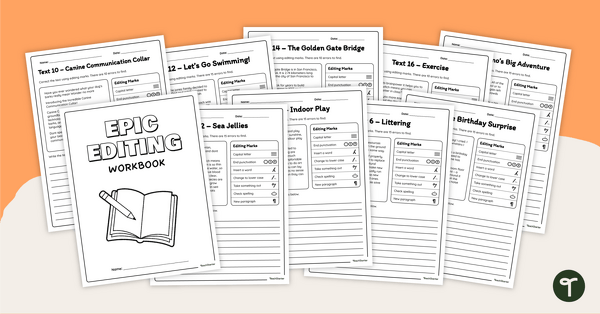
Epic Editing Workbook – 3rd and 4th Grade
Use these paragraph editing worksheets to get your students practicing and refining their proofreading skills.
- Plus Plan
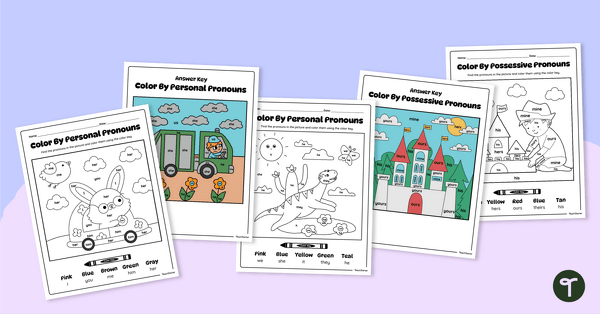
Color by Pronouns Worksheet Pack
Use this set of color-by-pronouns worksheets to help your students learn these important parts of speech.
- Plus Plan
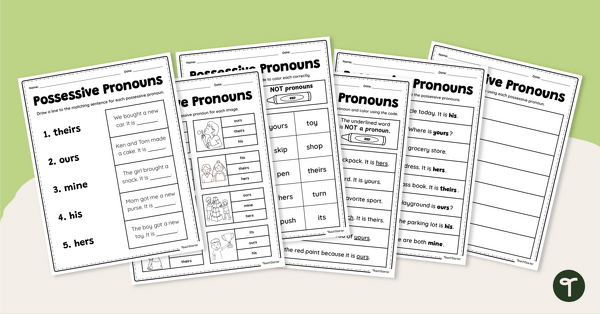
Possessive Pronouns Worksheet Pack
Use this possessive pronouns worksheet pack to get your students identifying and using these essential parts of speech.
- Plus Plan
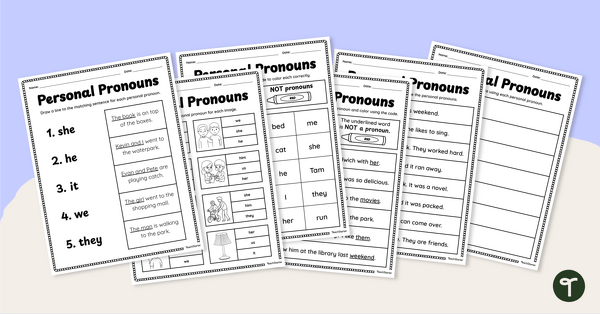
Personal Pronouns Worksheet Pack
Use this personal pronouns worksheet pack to get your students identifying and using these essential parts of speech.
- Free Plan
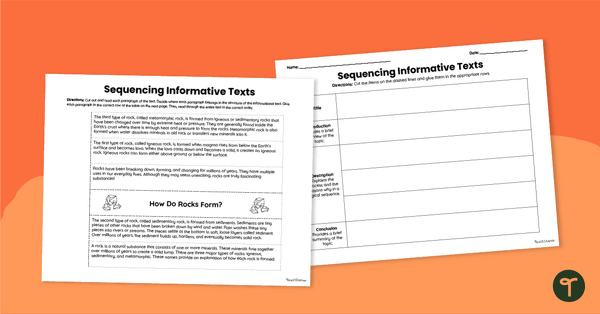
How Do Rocks Form? – Informative Text Structure Sequencing Activity
Help students learn about informative text structure and how rocks are formed with an engaging cut-and-paste sorting activity.
- Plus Plan
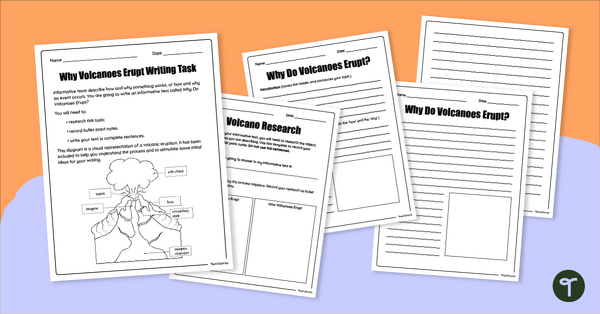
Informative Text Writing Task – Why Do Volcanoes Erupt?
Research and write about how volcanoes erupt with a scaffolded informational writing task.
- Plus Plan
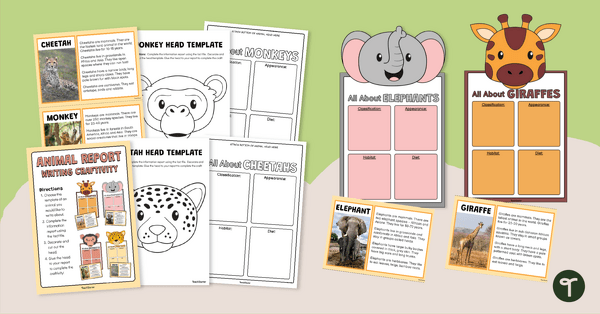
Animal Information Report – Writing Craftivity
Use this animal-themed writing and craft activity to teach your students in the primary grades about informative writing.
- Free Plan
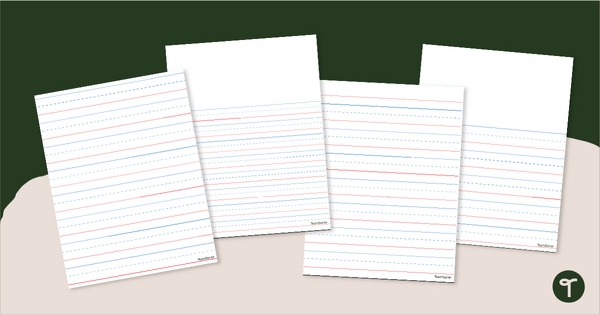
Dotted-Lined Handwriting Paper - Portrait
Use these printable dotted-lined handwriting paper templates to develop your students' letter formation skills in the kindergarten classroom.
- Free Plan
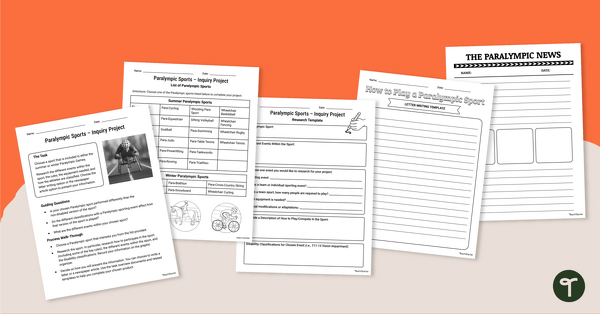
Paralympic Sports – Inquiry-Based Project
Have your students investigate the different types of Paralympic sports with this inquiry-based learning project.
- Plus Plan
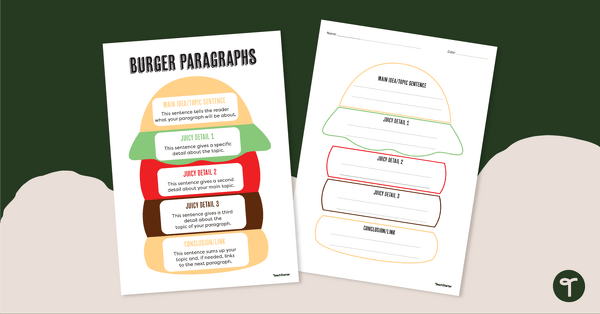
Hamburger Paragraph Poster and Worksheet
Teach your students how to correctly structure a paragraph using this hamburger-themed classroom poster and paragraph planning scaffold.
- Plus Plan
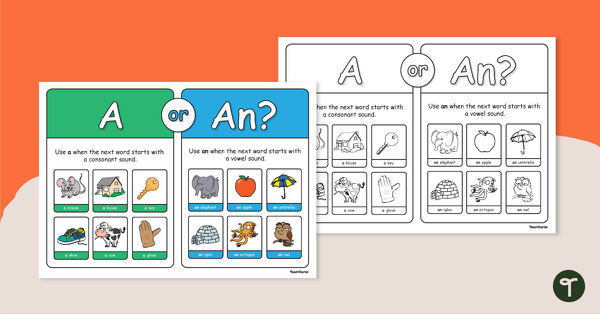
A or An? Poster
Use this articles anchor chart to teach your students which article to use and when!
- Plus Plan
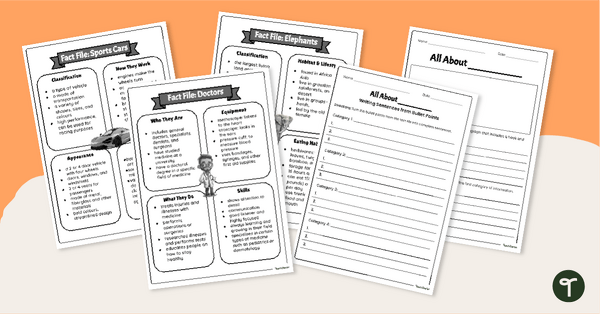
Informative Writing Fact Files - Differentiated Writing Worksheets
Teach your students to write informative texts using a pack of differentiated Informative Writing Fact File Worksheets.
- Plus Plan
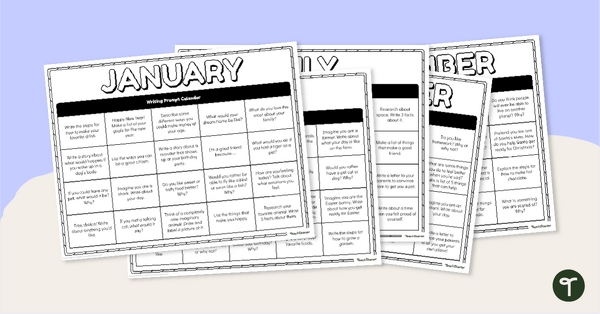
Monthly Writing Prompt Calendars - Lower Grades
Encourage your little learners to write with fun writing prompts for kids in early elementary school.
- Plus Plan
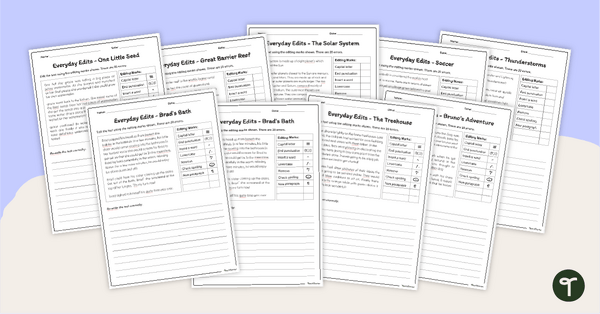
Editing Worksheets – Spelling, Grammar and Punctuation
Use these editing worksheets to add daily editing practice to your lesson plans.
- Plus Plan
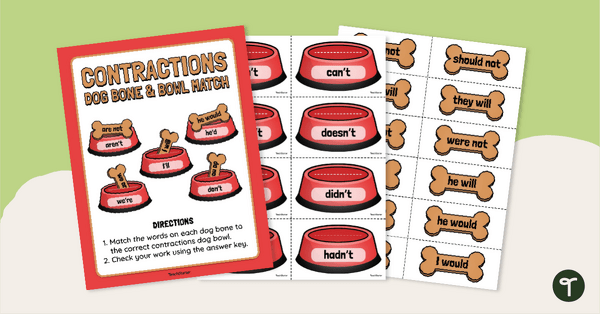
Contractions Matching Activity - Dog Bone and Bowl
Practice matching words with their contraction with this fun bone and bowl matching activity.
- Plus Plan
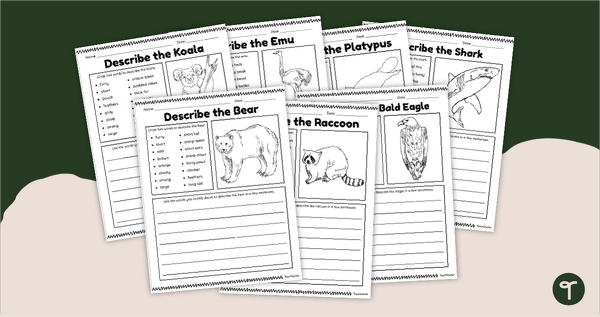
Describing Animal Adaptations - Informative Writing Prompt Worksheets
Write to describe animals and their adaptations with a printable pack of informative writing worksheets.
- Plus Plan
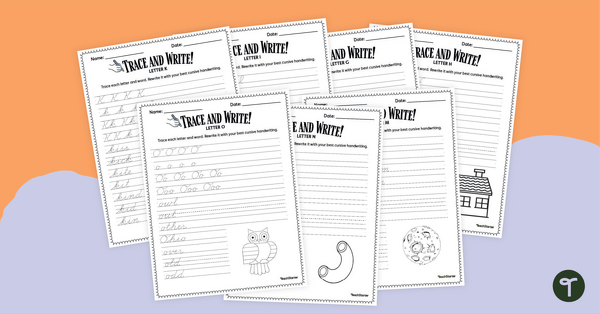
Cursive Writing Worksheets PDF - Alphabet
Practice writing the alphabet in cursive with a pack of printable cursive alphabet worksheets.
- Plus Plan
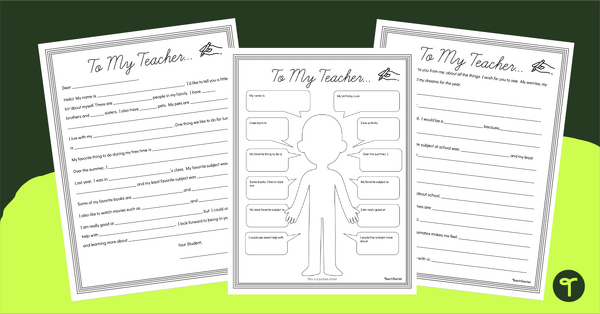
A Letter to My Teacher Activity Sheets
Get to know your students a bit better using a ‘Letter to Teacher’ template.
- Plus Plan

Christmas Writing Center - Types of Sentences for 2nd Grade
Help your students answer “What Type of Sentence Is This?’ with a printable Christmas sorting activity on the 4 types of sentences.
- Plus Plan
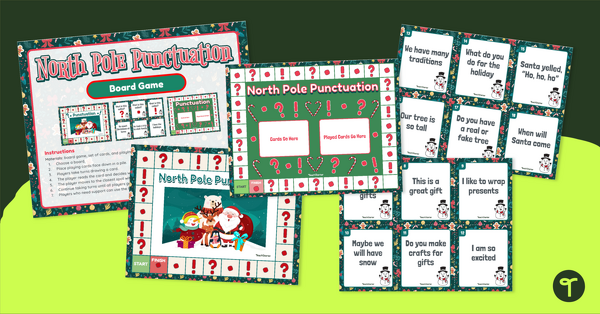
Christmas Board Game - 1st Grade Punctuation
Engage students by having them play a Christmas board game, refining their abilities to use correct punctuation at the end of sentences.
- Plus Plan
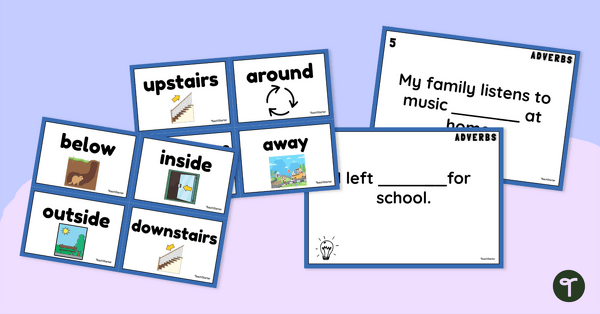
Adverb Whole Class Game
Teach your students how to use adverbs to add detail in simple sentences with this fun whole-class game!
- Plus Plan

Adjective and Adverb Scoot Game
Scoot! This fun active learning game will have your students up and about on an adverb and adjective adventure around your classroom!
- Plus Plan
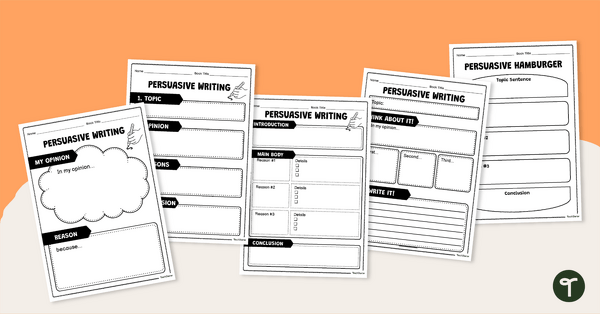
Persuasive Writing Graphic Organizer Pack
Help students gather their thoughts during persuasive writing with this differentiated set of graphic organizers.